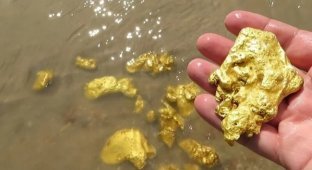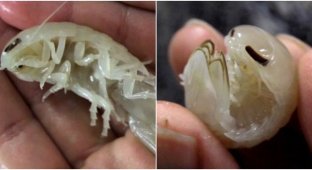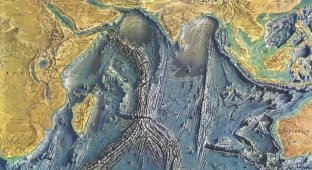5 Ocean Mysteries That Baffle Scientists (10 photos)
Imagine: there are about 20 million tons of gold dissolved in the ocean – more than humanity has mined in all of history. 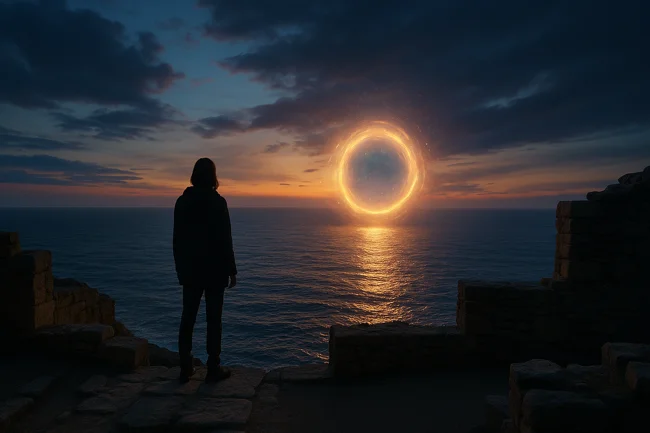
The irony is that we can't get to this gold: its concentration in the water is so high that even one gram would have to be extracted from 100 million tons.
The enormous volumes of water on Earth make it difficult to even imagine what might lurk at the bottom.
74% of the ocean still remains a dark spot on the map. New medicines, ancient cities, and creatures we haven't even dared to imagine in science fiction novels could be hidden there.
And now for the paradox: we know the topography of Mars better than our own seafloor. 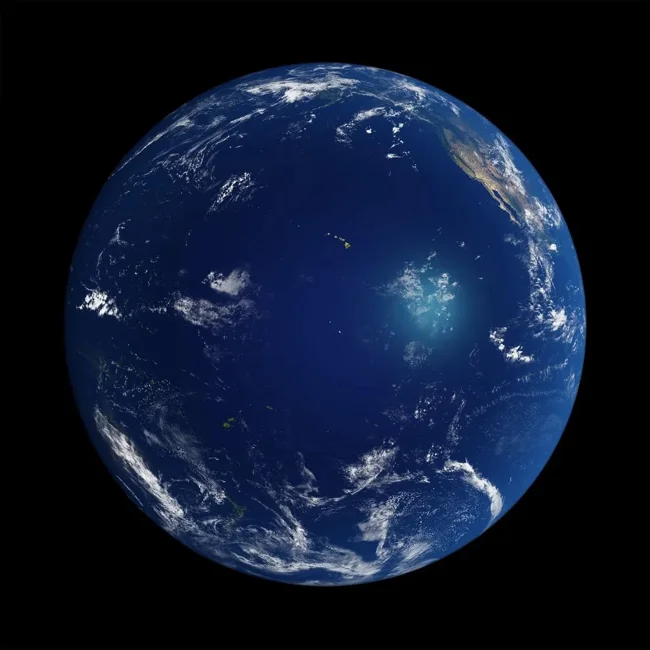
Space has been explored more accurately than the 70% of the planet beneath our feet*.
Meanwhile, the ocean depths contain approximately 3 million sunken ships—each one holding its own story, from Kublai Khan's armada to the vessels of World War II.
So why does the ocean remain a great terra incognita? Let's look at five mysteries that scientists have been grappling with for years.
Is the Yonaguni Monument Nature or Civilization?
In 1986, Japanese diver Kihachiro Aratake was searching for hammerhead sharks off Yonaguni Island and accidentally stumbled upon a strange structure. Huge sandstone slabs, perfectly parallel lines, a spiral staircase. 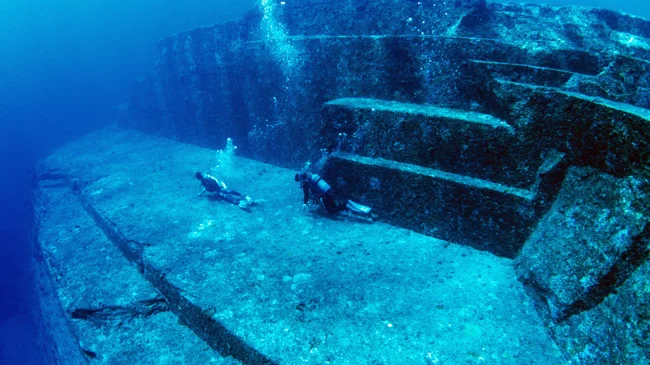
Some scientists are certain it's geology. Others believe it's the remains of a sunken civilization that lived more than 10,000 years ago, when sea levels rose 120 meters after the Ice Age.
Professor Masaaki Kimura of the University of the Ryukyus is certain:
"The geometric shapes are too perfect to be a coincidence. We see traces of human work." 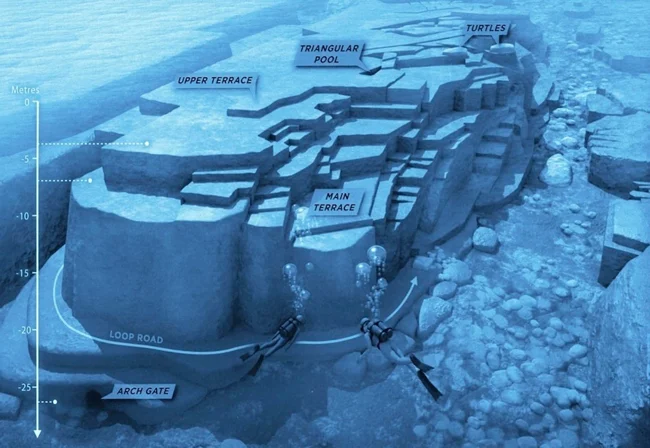
And his opponent, geologist Robert Schoch, counters:
"A seismically active region, sandstone. Such structures could have formed naturally."
A compromise version: the monument is natural, but modified by human hands. And this makes Yonaguni a symbol: the ocean can hold entire stories underwater that we don't even suspect.
Where did the water on Earth come from?
70% of the planet's surface is covered by oceans. But the main question is absurdly simple: where did all this water come from?
There are two main hypotheses. The first is that water was part of the Earth's original material. The second is that it arrived later, on comets and asteroids. 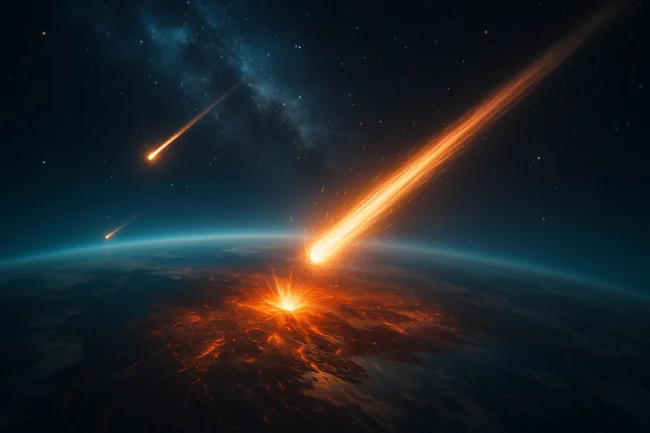
And here the questions begin. Isotopic analysis shows that the deuterium/protium ratio in Earth's water matches the composition of carbonaceous chondrites. This means that some of the oceans could have literally flown in from space.
"Isotopic analysis shows that the deuterium/protium isotopic ratio in Earth's water matches the composition of carbonaceous chondrites, indicating the extraterrestrial origin of a significant portion of ocean water," notes geologist Maria Vorobyova of the Geochemical Center of Moscow State University.
And here's the paradox: the water on Earth is older than the planet itself. Some H₂O molecules formed in the protoplanetary cloud, before the birth of the solar system. It turns out that every glass we drink is an ancient cosmic cocktail.
Killer whales - why do they persistently hunt sharks?
The corpses of great white sharks with their livers carefully removed are regularly found off the coast of South Africa. The scene resembles the work of a serial killer more than the laws of nature. 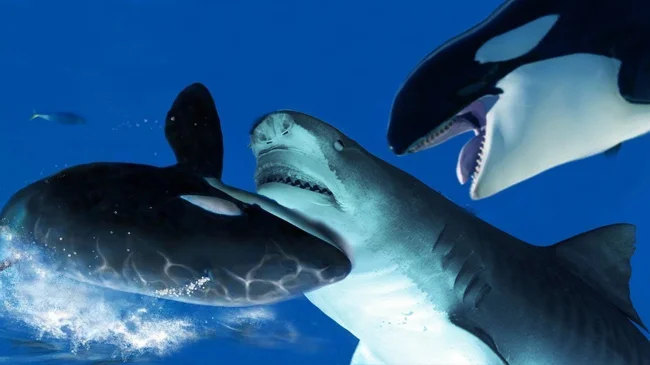
Killer whales flip sharks onto their backs, putting them into a trance-like state, and then squeeze out their livers like toothpaste from a tube.
In 2024, this behavior was first recorded off the coast of Australia. The ecosystem reacts with a chain reaction: the disappearance of sharks leads to a surge in the population of seals and small predators, and the entire food web collapses like a house of cards.
How can you explain killer whale behavior?
"We observed killer whales using a 'tonic flip' to stun sharks before removing their livers—a behavioral innovation that is transmitted through social learning," says Dr. Astrid Schneider of the Institute of Marine Ecology.
Killer whales can hunt much more readily available prey quite safely. But they are persistent in killing sharks. This isn't due to any special nutritional value of the liver.
One hypothesis is that they kill sharks prophylactically, to prevent them from posing a threat to the killer whales in the future. The liver is simply a nice bonus.
The irony is that killer whales are smarter than we'd like. Today they hunt sharks. Tomorrow? Who knows.
What's hidden beneath the seafloor? 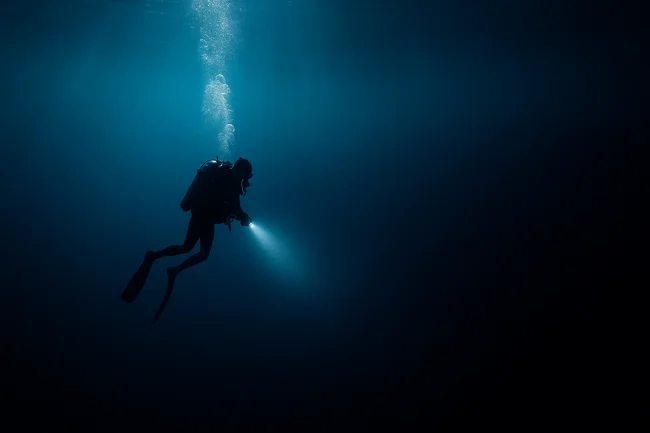
There's a whole world hidden beneath the surface. But how much of it do we know? The answer: only 26.1% of the ocean floor has been mapped in high resolution. The rest is only mapped from satellite images, and these are very sketchy.
"We mostly only see the seafloor schematically from satellite data, and this slows down research into biodiversity and resources," says geologist Ivan Petrov.
The photo I showed earlier of the Pacific Ocean is astounding. After all, this is a huge body of water.
There's even a symbolic place – Point Nemo – the most isolated part of the ocean. The nearest humans are 2,700 km away. Paradoxically, the closest humans here are the astronauts on the ISS, who fly just 400 km above the surface. No sea lanes pass through here – ships always sail far away. And it's here that space stations are "buried." 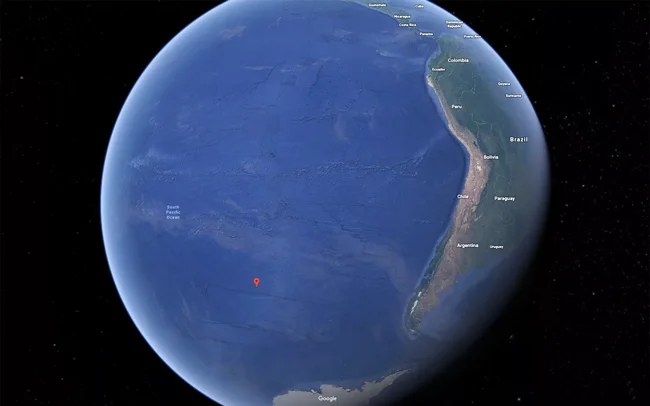
About three million (!) sunken ships lie on the ocean floor. Rare earth elements and millions of undescribed species are hidden in the sediments. But for now, all of this is a closed book for us.
Mysterious Sounds of the Ocean
The ocean isn't a silent abyss, but a veritable concert hall. However, many of its "songs" remain undeciphered.
There are many mysterious sounds, but I'll list the most unexpected ones. Each has its own name. 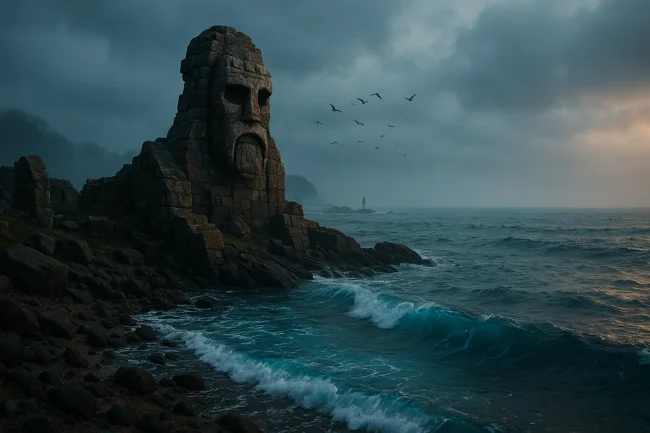
The Upsweep sound has been heard since 1991—a series of howling calls recorded every spring and fall between New Zealand and South America.
"Upsweep sounds like a series of swarming clumps of sound waves at a frequency of around 300 Hz, and its origin remains a mystery because geophysical and biological hypotheses don't explain the signal's seasonal pattern," explains Professor John Miller of the NOAA Underwater Acoustics Laboratory.
There's nothing in geology or biology that produces such sounds.
Another strange sound is Ping. Hunters heard it in the Canadian Arctic in 2016. The Canadian military even sent an aircraft, but the source was never found.
And finally, one more curious fact – from a recent study by scientists. A new paradox has been revealed.
Bonus mystery: Where does the plastic go? 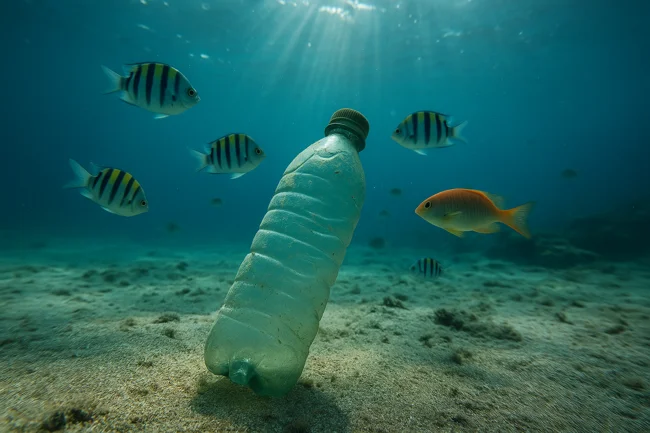
Every year, about 8 million tons of plastic ends up in the oceans. But where is it? Only a tiny percentage is found on the surface.
"Plastic disappears from the ocean surface not because it doesn't exist, but because it fragments into microplastics and settles in the water column, forming 'stress ice' layers that are dangerous to agnathans and fish," says biologist Kira Lowe of the Institute of Marine Biology.
We may already be eating this plastic along with our fish and shellfish. The ocean is silent, but its silence is disturbing.
*Space is truly easier to study than the depths of the seafloor. This is because spectral analysis exists – every substance that makes up stars, planets, even cosmic dust, leaves a trace that we can measure and compare with what we find on Earth.












